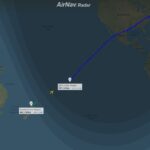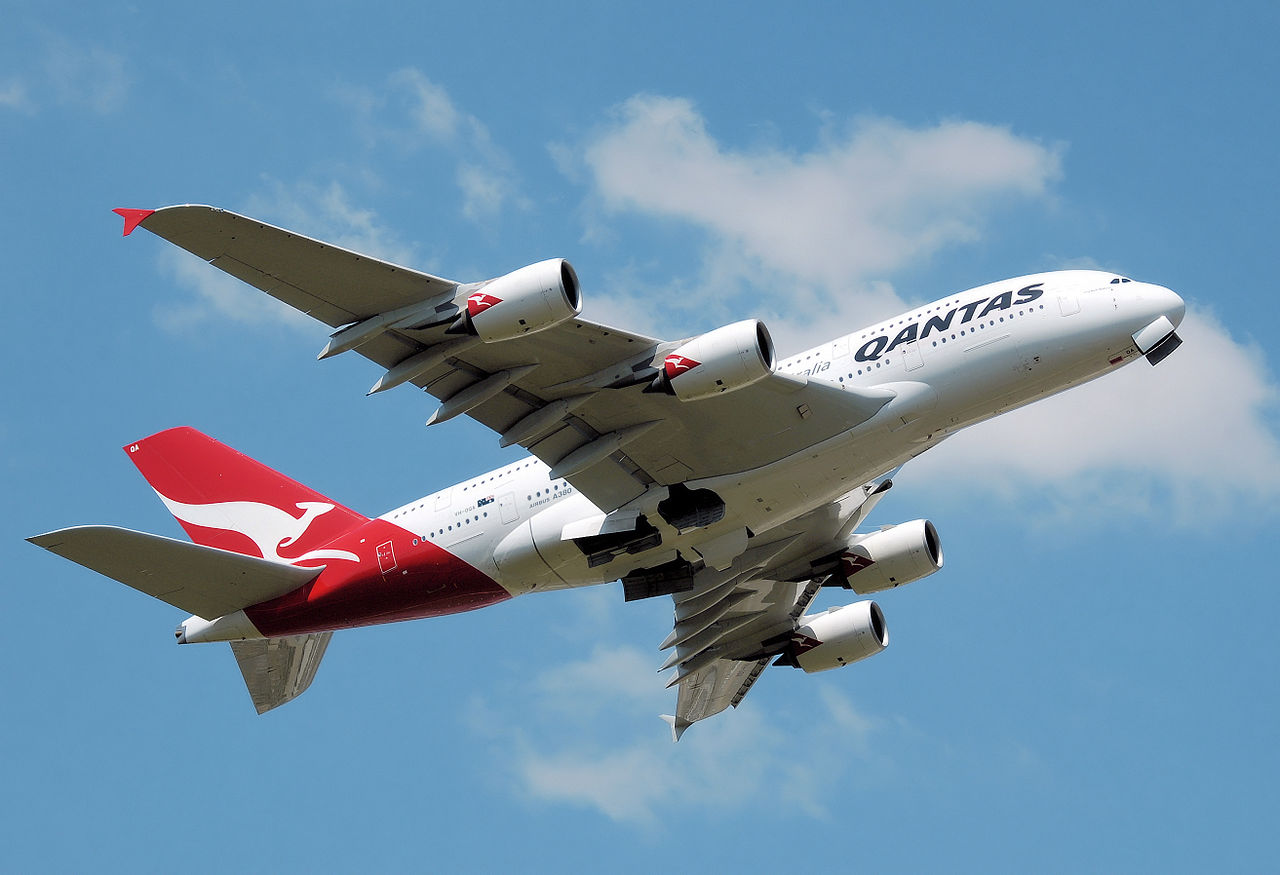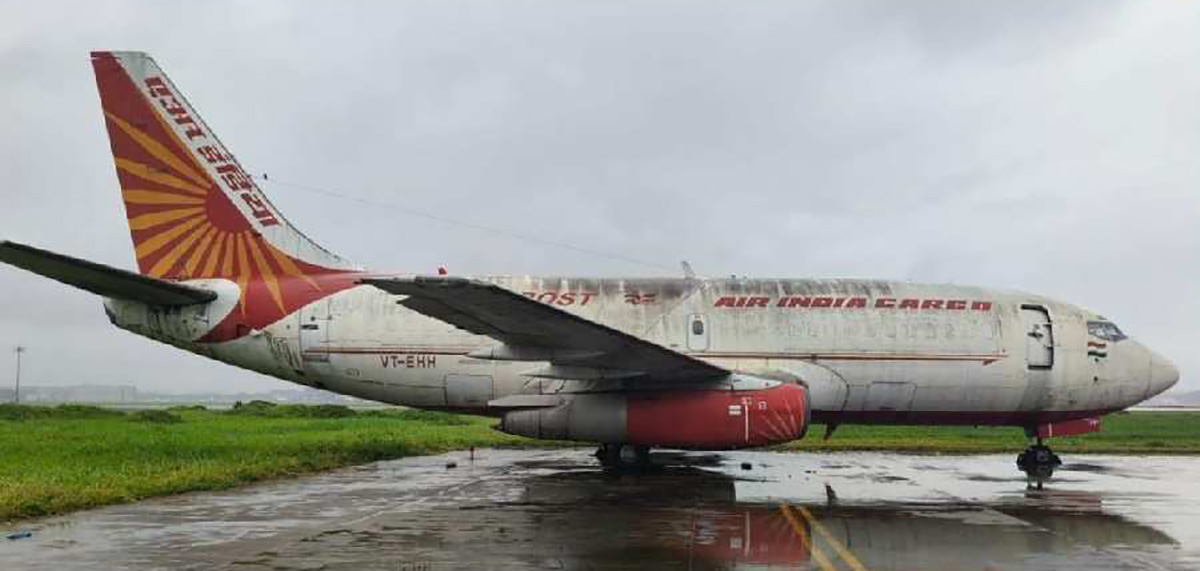The Reykjanes volcano in southwest Iceland has erupted, releasing lava and smoke into the air after weeks of increased seismic activity.
For six weeks the Icelandic authorities have been monitoring seismic activity close to Keflavik airport, a major North Atlantic aviation hub.
A volcanic eruption started on the Reykjanes Peninsula. The eruption is about 3,5 km long close to Sundhnúka, north of Grindavik where evacuation orders have been in place.
This eruption has not had any affect on Flight to and from Iceland, even though our airport is only about 10 km from the Eruption. The last flight to depart from Keflavik airport was an easyJet departure to Manchester. It took off at 1.35am, over five hours late, and arrived safely at Manchester airport at 4am.
Volcano erupting whilst sat on plane at Keflavík airport! @TheSun @bbcnews @thetimes pic.twitter.com/AnSvpgiwzO
— Andrew Jones (@andysj11) December 18, 2023
Passengers were told by easyJet: “We’re sorry that your flight has been delayed. This is because volcanic activity in Keflavik (KEF) is causing restrictions to the areas in which aircraft are permitted to fly. The safety of you and our crew is our highest priority and we thank you for your patience.”
According to reports, around 100 to 200 cubic metres (3,530 to 7,060 cubic feet) of lava has emerged per second. Vidir Reynisson, head of Iceland’s Civil Protection and Emergency Management, said, “The magma flow seems to be at least a hundred cubic meters per second, maybe more. So this would be considered a big eruption in this area at least.”
Iceland President Guðni Th. Jóhannesson gave an update on the situation. “An eruption has begun near the evacuated town of Grindavík. Our priorities remain to protect lives and infrastructure. Civil Defence has closed off the affected area. We now wait to see what the forces of nature have in store. We are prepared and remain vigilant,” he wrote in a post on X.










